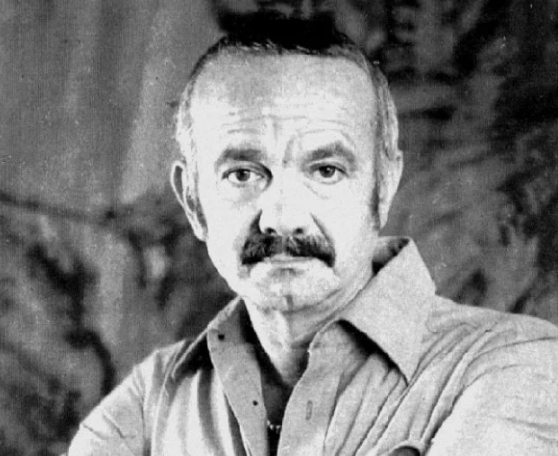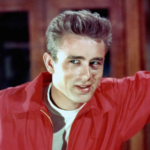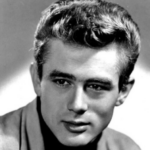Piazzola’s Lover (2/2), Second Love Amelita Baltar
Astor Piazzola is an Argentine composer and bandneonist who comes to mind when thinking of music called tango. His tango music revolutionized and gave birth to the Nuevo Tango with modern variations.
Astor Piazzola (1921.3.11.-1992.7.4) was born in Mar del Plata, Argentina, the only child of Italian immigrant parents.
When he played “Triunfal,” his own tango, in front of Nadia Boulange while studying in Paris in 1953, he praised it as “true pizzola music.” Pizzola, who thought classical music was her way and considered tango only as a means of livelihood, transformed herself into a tango musician.
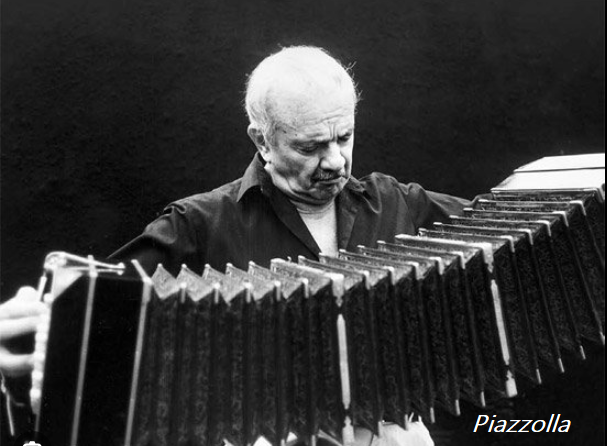
In 1943, he met and married his first wife, Dedé Wolff, who was an artist. She also had two children, Diana and Daniel.
And separated legally due to political disagreements with Dede and the affair of Piazzola’s natural flirtation.
At one point, Dede and Piazzola attempted to reconcile to no avail. The biggest obstacle to the process was the presence of Amileta Baltar in his mid-20s.
Let’s dive into the love story with Piazzola’s second lover, Amelita Baltar.
1. Meeting Piazzola and Amelita Baltar.
Piazzola came across her singing at a cafe concert.
That’s where the two of them began their wonderful moments. Suggested she appear in Piazzola’s opera, “María de Buenos Aires.”
Unlike most tango artists, María Amelita Baltar (born 1940) was born in an upper-class neighborhood in Buenos Aires and grew up in rural Buenos Aires.
She studied to become a schoolteacher, but began her musical career as an Argentine folk music singer in the Sombras Band.
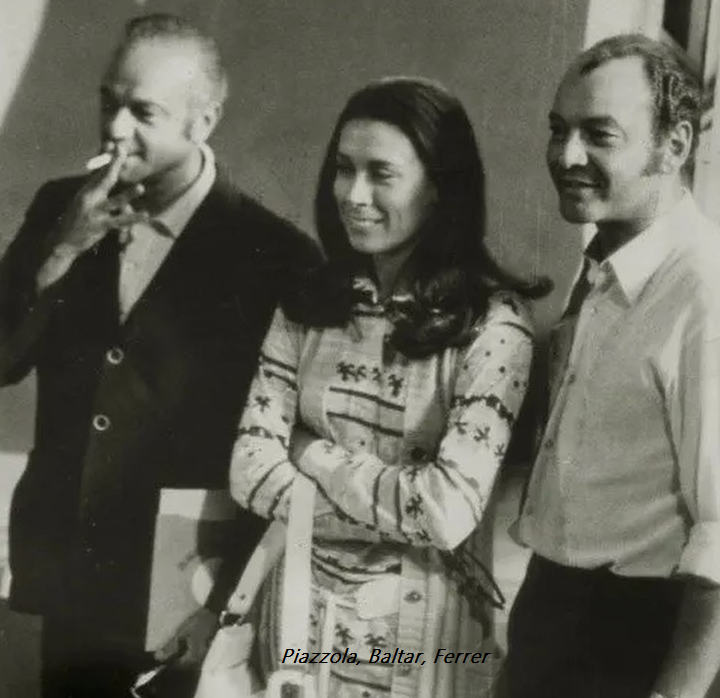
She was the leading Argentine singer of tango that appeared in the sixties and had a tough and powerful voice.
With her unique musical style and rich musical talent, she has a presence in the Argentine music industry and is still active.
“I wore square pants like a square bag and a striped shirt, and it was horrible,” Walther said when he saw Piazzola.
She eventually became a member of the trio who revolutionized tango with operas María de los Buenos Aires (1968) and Balada para un loco (1969), along with Piazzola and Horacio Ferrer.
Although the early opera Maria de Buenos Aires at Piazola’s suggestion was not popularly successful, Amelita was a work to be kept in the heart and soul for the rest of her life.
She even recalled that it was one of the most beautiful things in her life.
From her start as a folk singer, she began to shine with her original voice in opera and the special dramatic character she attached to every song she sang.
Their relationship showed a complex and emotional picture. At first, Amelita negatively rated Piazzola as “a brazen movie star with a really bad attitude,” but her mind changed as time passed.
Piazzola courted Amelita by approaching her in a variety of ways, including watching movies, a cocktail party at the U.S. Embassy, and drinking whiskey at her home.
Despite the initial resistance, Amelita became increasingly open to Piazzola.
Amelita was more impressed by Piazzola’s musical talent than his personal charm, and together they worked on the tango song series ‘tango-cancions’, which was a huge success.
Piazzola saw 1969 as the most important year of his life when he met Amelita, and he composed more works than ever before, displaying more works to the public. And the public praised his music.
Piazzola traveled to Latin America with Amelita before moving to Europe in 1971.
Piazzola was mentally shaken in Argentina due to the confusion caused by the Peronist regime of the Peron couple. He tried to return to Argentina, but due to Amelita’s opposition, the migration plan did not go through.
He couldn’t write any works due to the influence of his composition, and eventually collapsed due to heart attack due to the stress. Fortunately, he was discharged from the hospital in October 1972 because he saved his life and was not affected, but after this, Piazzola faced a new turning point in his life.

Since then, Piazzola has achieved great success in the Netherlands, Spain, and France in addition to Italy, and received the Golden Bear Award in Rome in 1975.
However, as the political situation in his home country Argentina deteriorated again, homesickness was restored again and he plans to move again to change the atmosphere.
Conflicted by repeated Piazzola’s homesickness, the two men eventually parted ways with Piazzola in Rome, saying that as things turned bad over time, Amelita would “not come home.”
I don’t know if it’s true or not, but she later confessed that she never really loved Astor. The initial passion lasted about three months, but after that, the only thing that kept the relationship going was good conversation.
Astor finds her in Argentina to get her back, but it’s already too late, and eventually the two never meet again.
2. Piazzola after breaking up with Amelita
The breakup with Amelita, who had been in a half-partner and half-lover for a long time, forced Piazzola to suffer from severe depression.
He couldn’t give up his regret for her, such as renaming the song “Ameli Tango,” named after Amelita, as “music of Buenos Aires,” and not letting her name be brought out in front of him.
On the other hand, when his long-time rival, Troilo, collapsed from a cerebral hemorrhage, he composed a collection of “Suite Troilana” to dedicate it to him,
This work, along with his film music “Il pleut sur Santiago” and “Lumière”, is considered a masterpiece of Piazzola at the time.
The frustration gained from Amelita sublimated Piazzola into the passion of the work and raised him as a man of music.
The relationship between Piazzola and Amelita is evaluated to have influenced each other’s artistic achievements beyond simple emotional exchange.
There is no doubt that Amelita has contributed to Astor’s musical success, and the story between the two shows a complex aspect of art and human relations.
After meeting with Piazzola’s New Tango, Amelita became more famous by completing a unique style of music incorporating pop music.
Her music, in particular, is known for its excellent bold vocals and complex melodies.
Her masterpiece is “Thank You” (“Gracias a la Vida”).
In mid-1975, Piazzola began experimenting with synthesizers and electronic instruments, and in September of the same year, he formed an electronic quartet to make a new attempt.
In 1978, following his composition activities for the World Cup in his country, he gave up the quartet and formed a new quintet to return to acoustic chamber music.
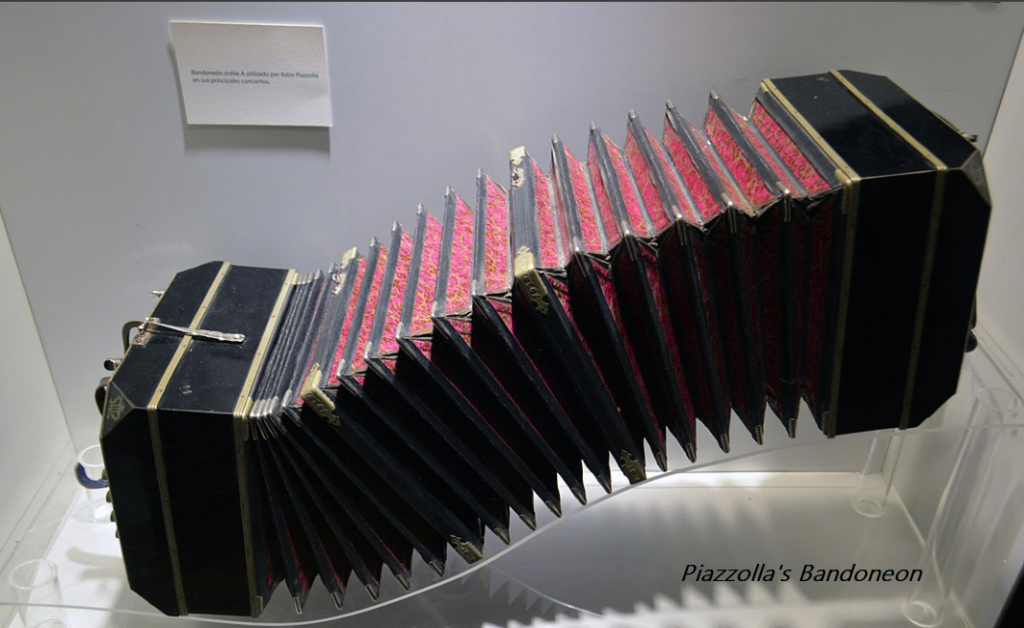
Overseas, it received a particularly successful response. In the 1980s, he became a star of international recognition in many genres by focusing on activities abroad, especially in the Anglo-American region, but he began to experience health problems due to his busy schedule.
While her health deteriorated after undergoing heart surgery in 1988, Piazzola returned to Paris on 3 July 1990 after her final performance at an outdoor concert hall in Athens, Greece, where she was preparing for her next performance.
After receiving urgent treatment, he returned to Argentina and began a long-term battle, but his symptoms did not improve, and he died on July 4, 1992, at the age of 71, due to diseases such as pneumonia and intestinal bleeding.
Astor Piazzola, the master of tango, is buried in the peace park cemetery in Buenos Aires.

